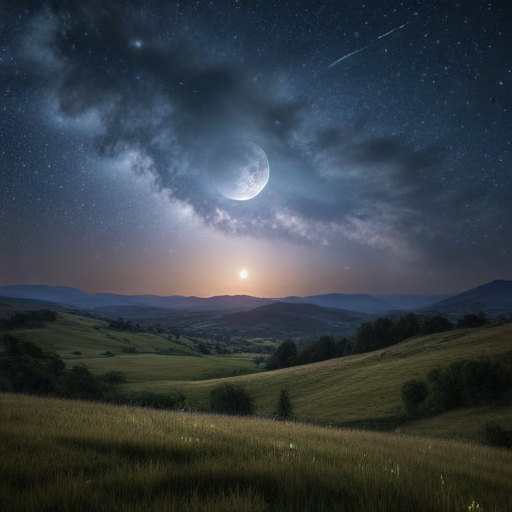This month, skywatchers can look forward to the Beaver Moon, which will grace the night on November 15. This full supermoon is the fourth and final one of 2024, promising an impressive sight for observers.
In addition to the Beaver Moon, November presents an excellent opportunity to spot Jupiter through telescopes. The planet is particularly prominent this month, offering observers in the Northern Hemisphere one of the best views seen in the past decade, as highlighted by Astronomy magazine.
For those keen on meteor showers, the Taurids and Leonids showers are expected to peak around November 16 and 17. Stargazers can anticipate seeing approximately 10 to 15 meteors per hour after midnight, with fireballs that create distinctive trails in the sky, ranging from trains to smoke trails.
The Beaver Moon derives its name from the time of year when beavers begin constructing their dams in preparation for winter. This month often signals the first snowfall in northern parts of the United States and Canada, as trees and shrubs lose their leaves.
Several alternative names also honor the wildlife and seasonal changes of November. For instance, the Cheyenne refer to it as the “Deer Rutting Moon,” while the Choctaw in the Southeast call it the “Panther Moon.” The Hopi of the Southwest celebrate it as the “Fledgling Hawk Moon,” and the Potawatomi in the Great Lakes region recognize it as the “Turkey Moon.” Additionally, some cultures refer to it as the “Frost Moon” or the “Moon of Much White Frost On Grass.”
The peak illumination of the Beaver Moon will occur at 2:29 p.m. MT and 4:29 p.m. EST on November 15. However, it will appear bright and full throughout the night on November 14 and 16 as well, rising in the east at sunset and setting in the west near sunrise.
Looking ahead, the next full moon will be the Cold Moon, scheduled to shine brightly on December 15. This name reflects the chilly weather entering the region, marking another beautiful celestial event to observe.
As we head into the colder months, these astronomical events remind us of the wonders of our universe and the changing seasons, providing an opportunity for families and friends to enjoy stargazing together. With each passing moon, the beauty of nature continues to inspire awe and curiosity in the hearts of many.
